
The first distributed second-layer protocol for BTC









BTC Layer 2 Architecture
A scalable, secure, and modular solution built on Bitcoin’s decentralization.
Combining innovation with efficiency for the future of blockchain.
Data Aggregation Layer
Efficiently aggregates BTC transactions to reduce congestion and optimize data processing.
Consensus Layer
Implements a hybrid PoW and PoS model to ensure decentralization and consensus security.
Zero-Knowledge Proofs
Enhances privacy and verification efficiency while maintaining transaction integrity.
Zeno Node Allocation
The total number of nodes is capped at 21,000 and hardcoded into the validator program.
This allocation ensures decentralization, innovation, and ecosystem growth.
Public Presale
Distributed in 10 phases, with a maximum of 5 nodes per user to ensure decentralization.
Donations
Allocated to universities and cloud providers to support blockchain research and adoption.
Team Allocation
Reserved for the Zeno team to support development, maintenance, and ecosystem growth.
Early Investors
Distributed to early investors who provided critical funding for the Zeno network launch.
Developer Airdrop
Awarded to developers contributing to Zeno’s codebase on GitHub.
Ecosystem Rewards
Reserved for future developers making outstanding contributions to the Zeno ecosystem.
Zeno Token Mining and Tokenomics
Ensuring Fair Token Distribution and Sustainable Token Supply through Node Mining and Halving Mechanisms.
1.05 Billion Tokens Mined
Annual Supply Halves
Supply Reduces Over Time
Paid in Zeno Tokens
Distributed to Node Stakers
Incentivize Node Participation
Project Roadmap
Follow our progress as we build the next generation of BTC Layer 2 solutions.
Project Initiation
Designed the technical solution and defined the technical architecture.
2023 Q4 – Initial Funding
Secured $1.8 million from Pantera Capital and $2.2 million from Animoca Brands to accelerate development.
2024 Q2 – Internal Testing Phase
Core development will be completed in Q4 2024, followed by internal testing.
Interested in participating? Email us at FutureLens@gmail.com.
2024 Q4 – Mainnet Launch
The mainnet is scheduled for Q2 2025. Early contributors, node buyers, and testnet participants will receive initial token rewards.
Meet Our Team
Introducing the core members driving the development and success of the BTC Layer 2 network.

John Anderson
Co-Founder & CEO
Education: Master’s in Computer Science, Stanford University
Experience: Senior Engineer at Google & Coinbase.
Bio: John is a blockchain innovator focused on integrating Bitcoin’s security with Layer 2 scaling solutions.

Sarah Williams
Co-Founder & COO
Education: Master’s in Engineering Management, MIT
Experience: Product Manager at Amazon & Stripe.
Bio: Sarah transforms complex blockchain technologies into user-friendly solutions.

Michael Lee
Chief Technology Officer (CTO)
Education: Ph.D. in EECS, UC Berkeley
Experience: Technical Lead at Tesla & Microsoft.
Bio: Michael leads BTC L2’s core development, ensuring system stability and performance.

Emily Johnson
Chief Marketing Officer (CMO)
Education: MBA, Harvard University
Experience: Marketing Lead at Facebook & Google.
Bio: Emily drives global market expansion and user growth through strategic positioning.
Frequently Asked Questions
Answers to the most common questions about Layer 2 solutions.